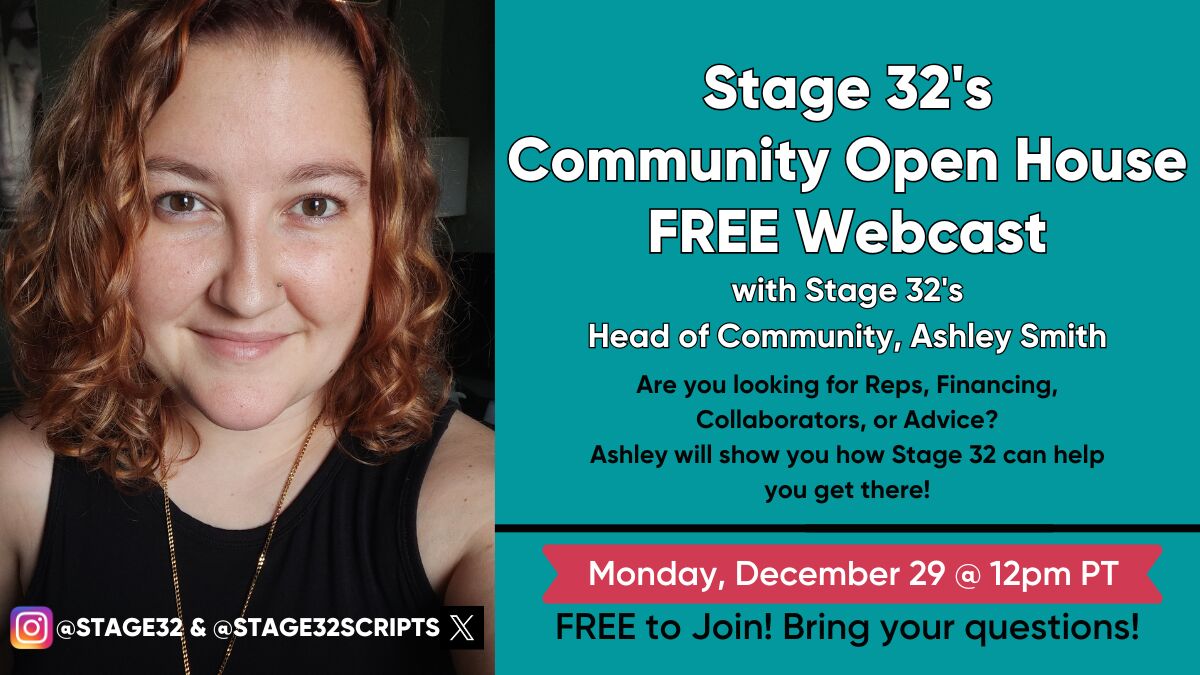Art is unique and every artist will have their own method to achieve the result that they are after. I came across this workflow break down and I wondered how common it was. How does this compare to your workflow and what software might you have in common?




1 person likes this
Here’s my process, and what I teach:
thumbnails
beat boards
refined storyboards
animatic
scratch audio
layout
motion maps
keyframes
in-betweens (rough pass)
clean-up / line art
backgrounds
color
compositing
editing
sound editing
mixing
1 person likes this
Thanks Mike Boas Which step would you say is the most crucial? Or are they all equally important?
2 people like this
That’s funny. In a way it’s like saying what’s most important in a car, the steering wheel, the engine, or the tires.
I suppose I could make a movie without a plan (storyboards), and without sound, and without editing. So I definitely need animation. You could even do it without keys and in-betweens, which is called straight ahead animation.
But I don’t do that because the planning and keyframing keep you from getting into trouble later. Especially if you’re communicating with a team.
1 person likes this
You make a good point Mike Boas they all have very important functions that together contribute to a quality finished production.
1 person likes this
Excellent discussion. Thank you for the insightful detail, Mike Boas!
2 people like this
Here’s something I did years ago, trying out an animation app on my phone. Total stream of consciousness, no planning. Big chunky lines, the best I could draw with my finger on a small screen. But it’s like improv, morphing from one idea to another. Music was added at the end from the YouTube library.
https://youtu.be/ydaoPB57c8k?si=zEWD-zy8PnJQwPpf
1 person likes this
This is a fairly standard process for many animators. As has been pointed out, there are many alternative processes. The end result is all that matters.